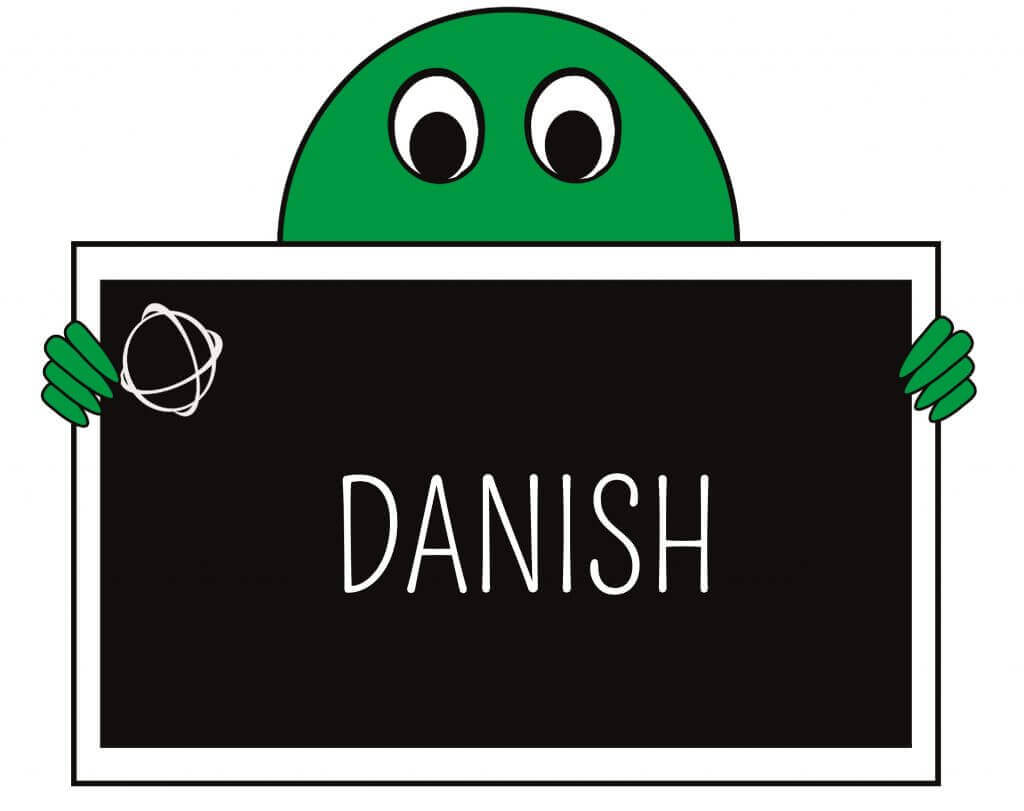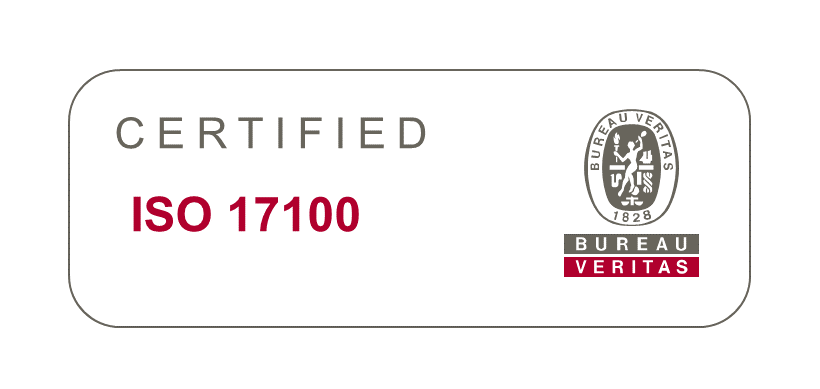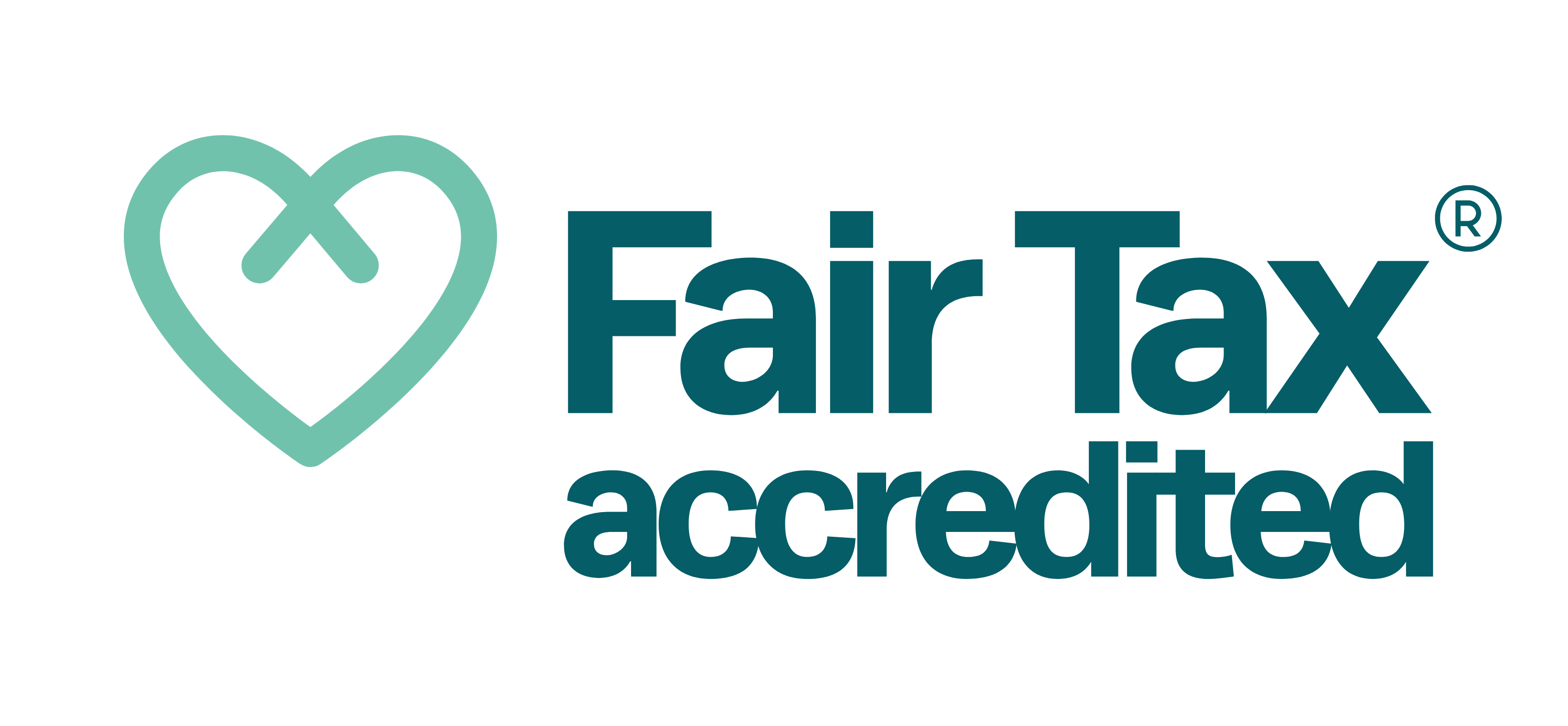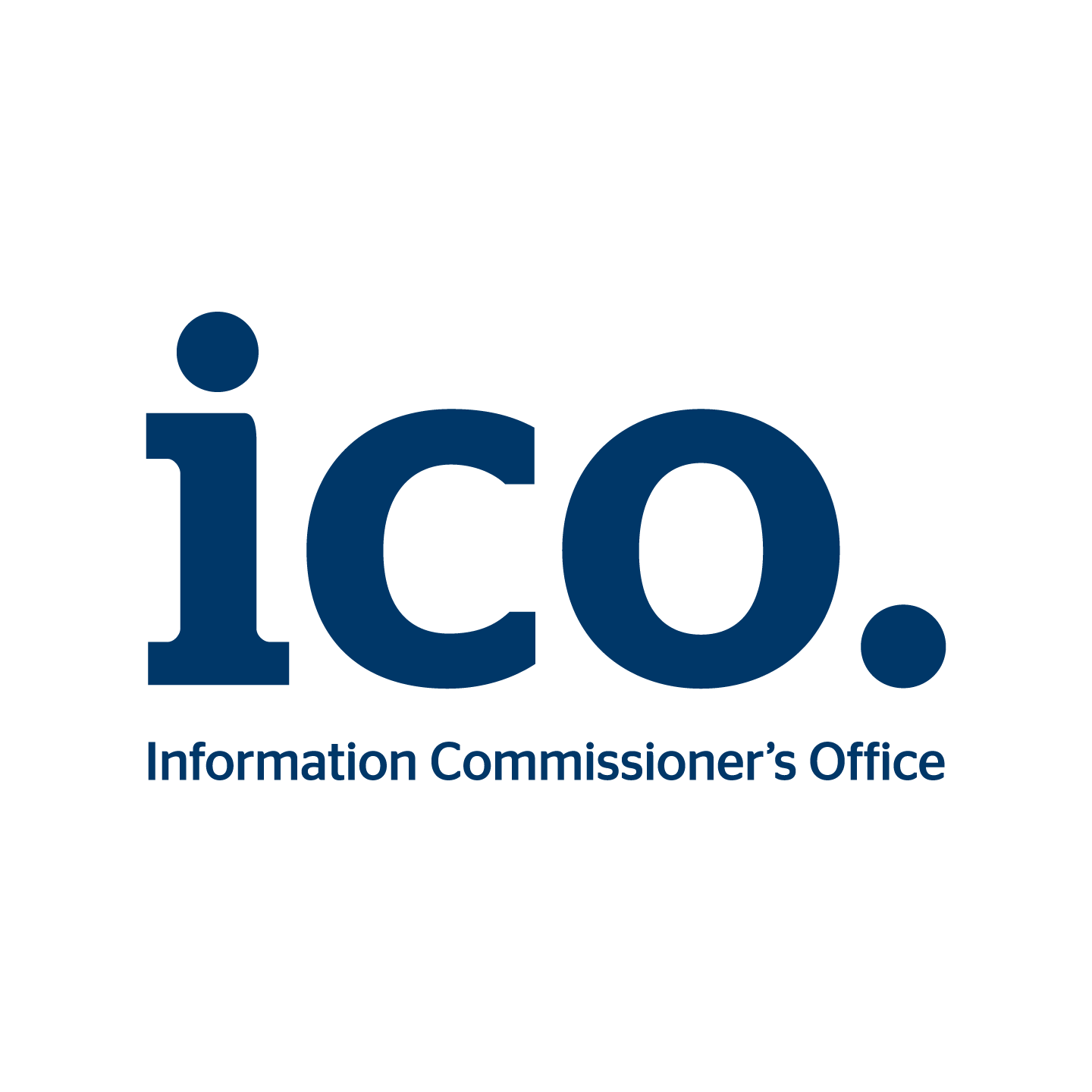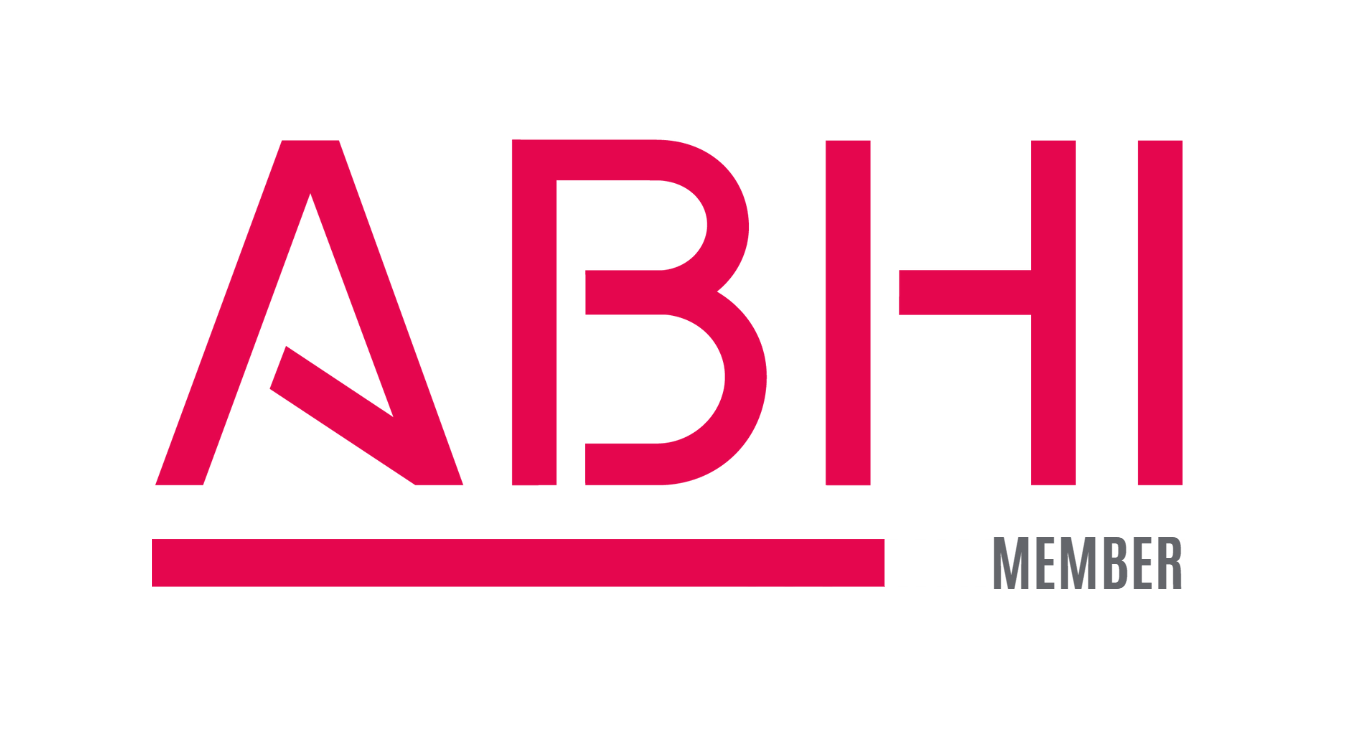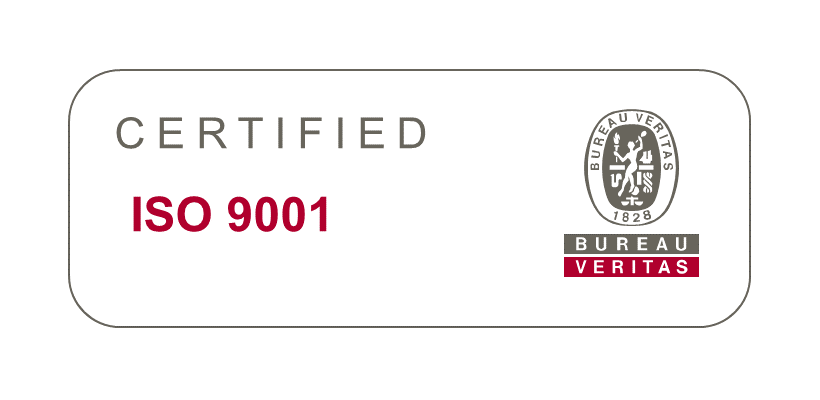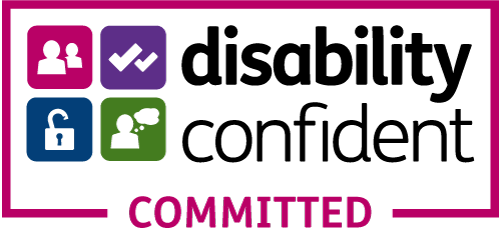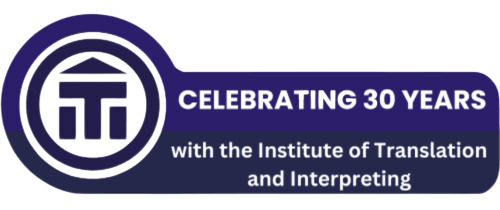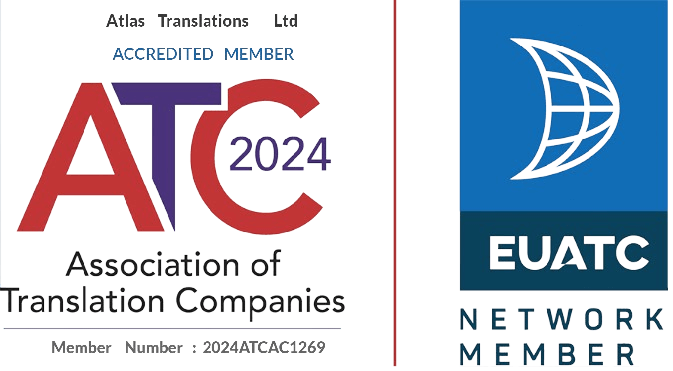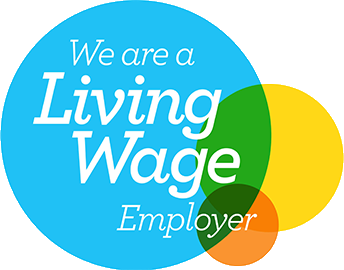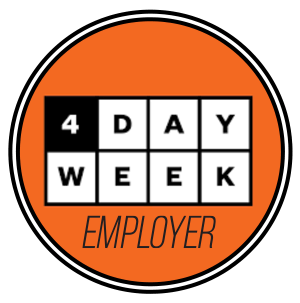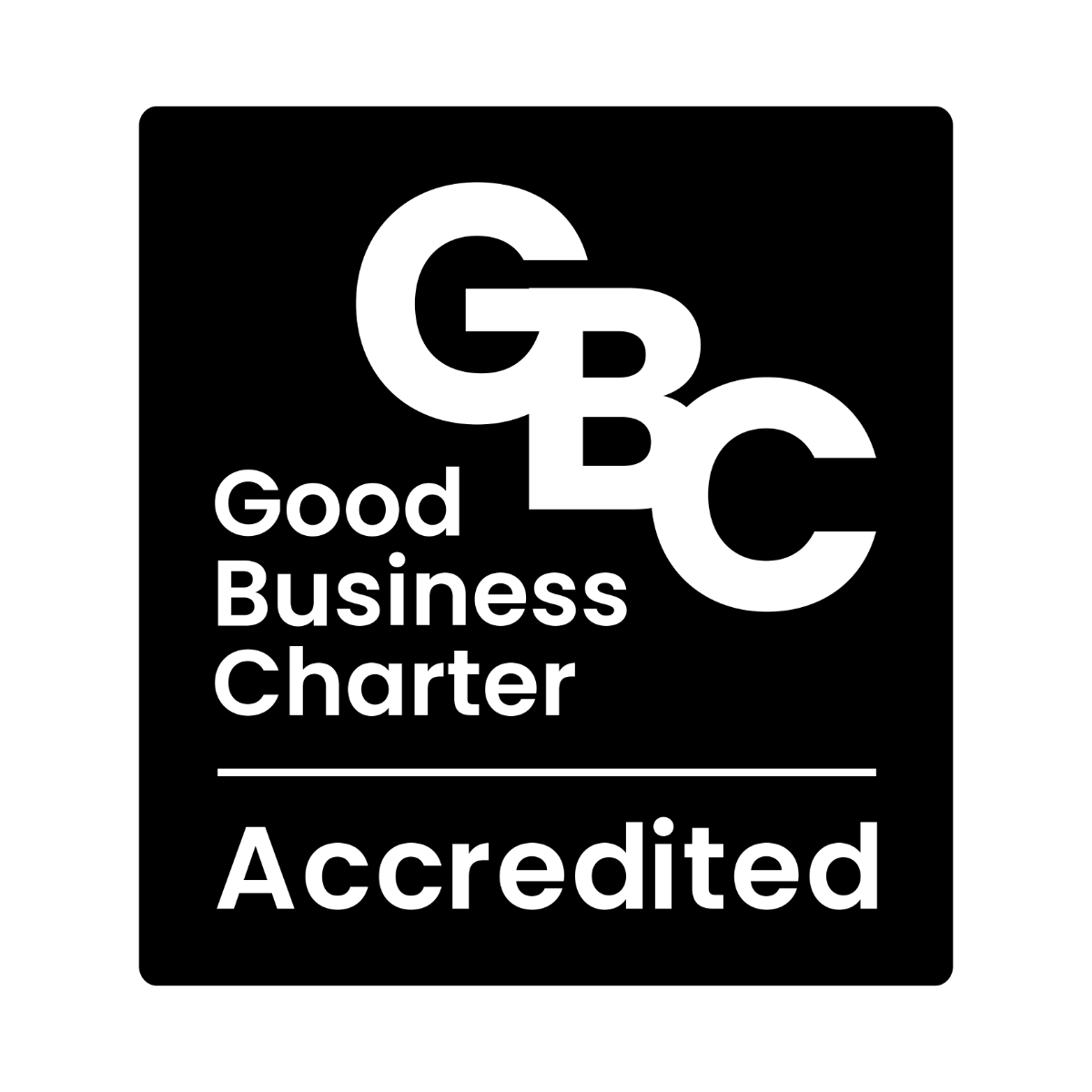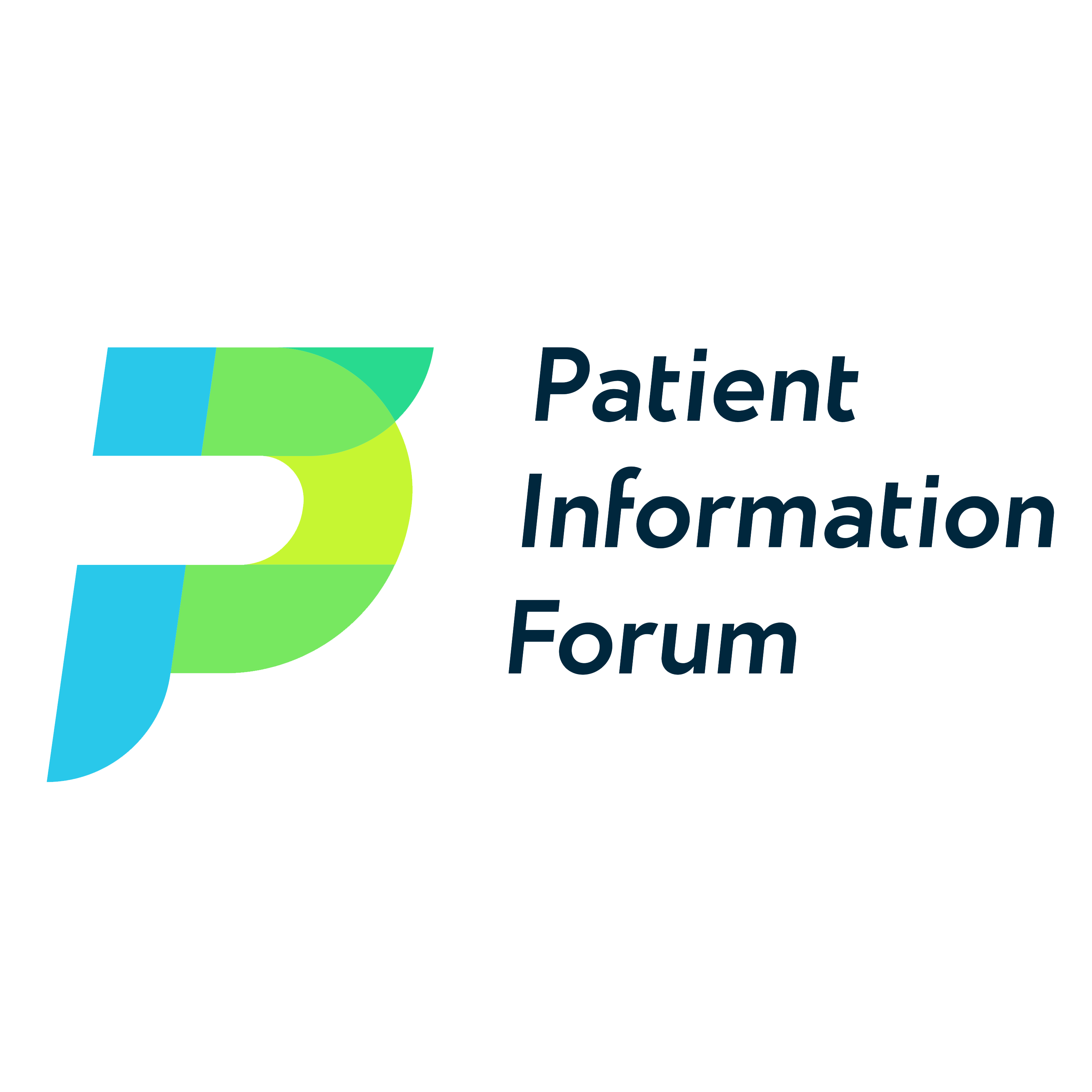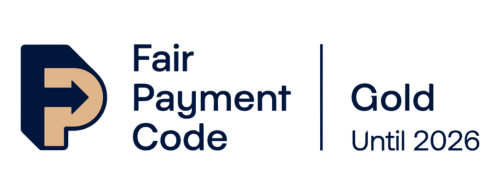Translation into Danish
Danish
Translation into Danish. Yes. We also offer Danish interpreting, and can help with transcription, subtitles, voiceover – you name it.
So today, on the back of Denmark’s 5-1 win over Republic of Ireland (sorry Clare), we’re talking about Danish – no, not the pastry. But hold your horses, we’ll get there!
Firstly, some facts about Danish, the language. It descends from Old Norse, more specifically Old East Norse, just like Swedish and Norwegian (actually Norwegian comes from Old West Norse, but it grew to be heavily influenced by East Norse). Nowadays, Danish, Norwegian and Swedish maintain some mutual intelligibility. The writing is quite similar, especially between Norwegian and Danish. This is partly because Norway belonged to Denmark between the 14th and 19th centuries. Danish orthography is highly conservative, still using most of the conventions established back in the 16th century.
The pronunciation, however, has changed a lot since then, creating a severe gap between the spoken and written languages. For example, the written “eg” sounds like “ay,” “af” like “ow”, and “øg” like “oy”. This makes spoken Danish sound very different from Norwegian and Swedish, however similar their writing may be, and makes it the most difficult of these three languages for the others to understand.
Moreover, they have this little sound called the stød, which is like a hiccup or a creak in one’s voice. This is extremely difficult for non-native speakers to master so it obviously plays an important part in the meaning of words. For example, it is the only difference in the pronunciation of bønner (beans) and bønder (farmer). As if these words themselves aren’t a trial already, at least for native English speakers…
Alphabet
The Danish alphabet was called Younger Futhark and had only 16 runic characters. It was a simplification of the Elder Futhark and it is thought to have been an adaptation of Old Italian scripts like Etruscan. The conversion to Latin alphabet happened with the Christianisation, around the 12th century. Nowadays, however, they insist on being different from the rest of us by having three extra vowels – å (written as aa before 1948), æ, and ø –, so their alphabet actually has 29 letters.
Like English, Danish descends from a Proto-Germanic language, and even though they developed in quite different ways, some words are still quite similar, like armr (arm), fótr (foot) or standa (to stand). Furthermore, numerous Old Norse words were adopted into Old English because of the Vikings. And although Old Norse’s influence in the English vocabulary isn’t as extensive as that of Latin or Norman French, it’s still quite important since most words are used in everyday language, like bag (from baggi), husband (from húsbóndi) or take (from taka). On the other hand, there are some words that are written the same but have completely different meanings. “Gift” is an example. It means “poison” in Danish. Aptly, it also means “to get married”. Matter of semantics, some might argue.
Counting System
Their counting system is also different than usual, though if you know French you might find some resemblance. In Danish, the numbers 50, 60, 70, 80, and 90 use a vigesimal system. This means that they are based on multiples of 20 instead of 10. For instance, the word for “sixty” is tres, a shortened form of tresindtyve, which means 3 times 20.
By now, I think we can all agree that Danish is a pretty inventive language. But should more evidence be needed, like German and Dutch, it makes extensive use of compounding, which is the act of adding words together to create longer words. The Danish author Hans Christian Andersen named one of his characters (take a deep breath) Gedebukkebensoverogundergeneralkrigskommandersergenten, meaning “the goaty-legged-above-and-under-general-war-commanding-sergeant”. That’s 54 letters… in a fairy tale for children! Due to this compounding, the amount of potential Danish words is just about as infinite as their length.
Now for the most interesting part: the pastry, of course. Originally it’s not from Denmark at all! And it made quite a journey to become the Danish we know today. It was created in France, in 1622, then taken to Italy and Austria. It only arrived in Denmark in 1840, after a strike of Danish bakers forced bakeries to hire Viennese replacements who started producing the pastry. This is why the Danish call it wienerbrød ¬– Vienna Bread. I don’t know if the strike did much for the Danish bakers, but as far as I’m concerned, it was the most successful strike ever.

